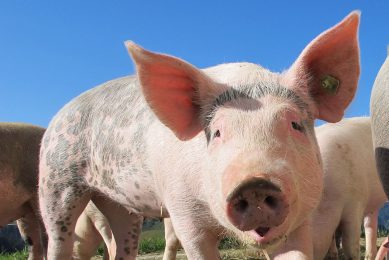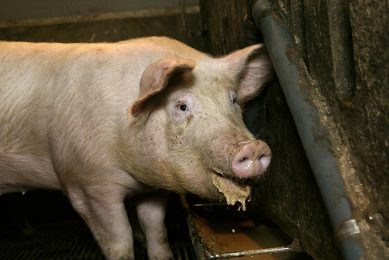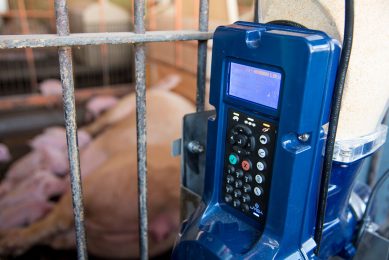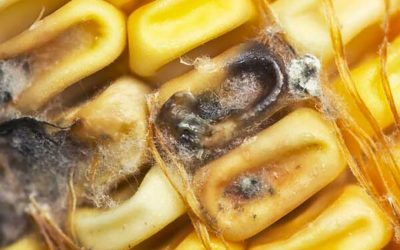Securing sow longevity starts early in a gilt’s life
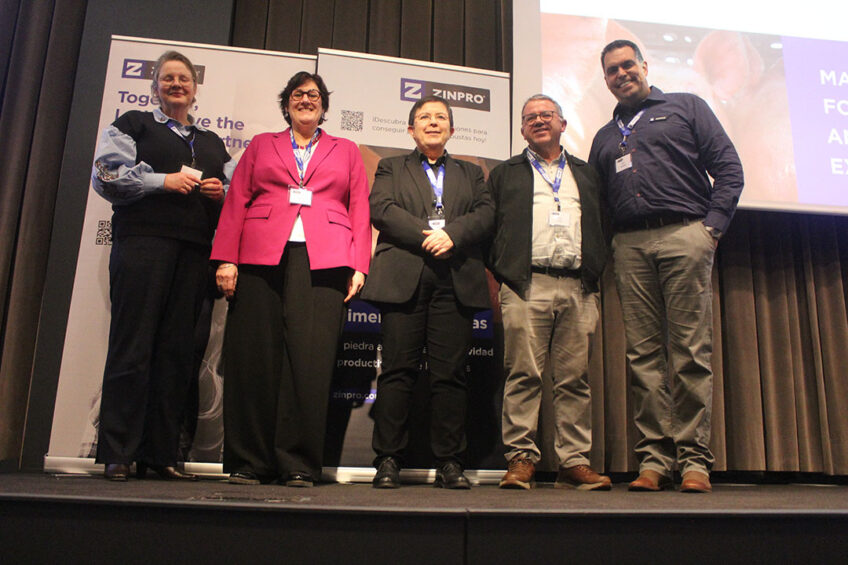
How to ensure sows live a long, healthy and productive life? Making specific choices aimed at longevity certainly helps, and this starts during the very first moments of a young gilt’s life. That message was echoed various times at the 15th edition of the Zinpro Feet First seminar, held in Castelldefels, Spain, on January 25, 2024.
The Zinpro Feet First seminar series is an initiative of global performance minerals company Zinpro. Theme of this 15th edition of the seminar was “Maximising gilt rearing for herd performance and longevity – exploring options.” In total, 5 speakers addressed the audience consisting of about 120 pig experts from 18 different countries worldwide.
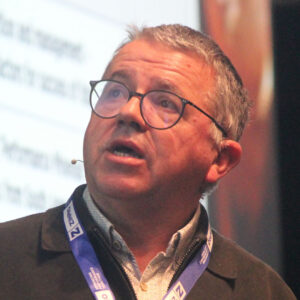 Metrics to measure gilt development
Metrics to measure gilt development
The first speaker was Dr Pep Font, swine veterinarian of SIP Consulting, located in Prats de Lluçanes, Spain. This is a company focusing on management systems for livestock companies. As such, the company has strong insights in economics and is connected to the InterPIG network, sharing swine production data from all over the world.
Font discussed the financial aspect of reproduction within the pig production chain. He made clear that this is not the major part – and therefore it is not always taken into account very clearly. He showed various graphs in which he made sure what part related to reproduction. He summarised that reproduction costs are complex to measure, have a relatively low impact on the final cost (about 3%), yet they are very strategic to achieve profitability.
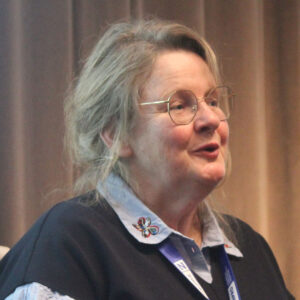 Gilt health management
Gilt health management
Next on was Dr Marrina Schuttert, veterinary practitioner and co-owner of De Varkenspraktijk in Someren, the Netherlands. She remarked that in her home country, there is a growing tendency to opt for rearing own gilts instead of purchasing them. She mentioned various downsides of that tendency, for instance that fewer sows will be available for multiplying, that there will be slower genetic progress and the choice requires time and attention. But, she added, what can be avoided is a health risk.
When choosing to bring in gilts – preferably at an age of 10 weeks – farms should have a plan to ensure an ideal adaptation phase, she said. She advised a step-by-step plan for about 12 weeks. Such a quarantine time is needed to prepare them in terms of housing, people, older sows, health (vaccination, cooldown) and feeding (getting trained for the use of ESF stations).
One way to help gilts get acquainted to a new health situation, she said, was by letting an older sow – on her way out – stay with the newly arrived lot. That way the gilts could have their own pace of getting used to pathogens the older sow may have brought with her, and be fully ready when the time comes to enter the sow herd.
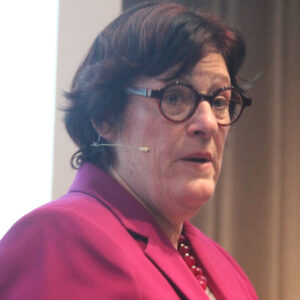 Maximising mammary development of gilts
Maximising mammary development of gilts
Third on stage was Dr Chantal Farmer, research scientist in swine lactation biology at Agriculture and Agri-Food Canada, Canada’s ministry of agriculture. She is a well-known expert in the area of what she calls “the amazing lactating sow.” She gave a brief anatomical lecture about mammary development with gilts/sows. Particularly the so-called “parenchymal tissue” needs to grow well in order to successfully produce sufficient amounts of milk when the first litter arrives.
She described a career-long quest to understand when they start to form – and how it is possible to influence mammary accretion even further. She discerned three phases to focus on, each with own nutritional advice:
- pre-puberty (as from 90 days of age)
- the first gestation; and
- the first lactation.
One of the beneficial insights she recently acquired relates to late-gestation (90-110 days): to aim for a high lysine intake (40%). That can be achieved by increasing the level of dehulled soybean meal, she said. “The nutritional requirements for mammogenesis differ between the first pregnancy and subsequent pregnancies. This is likely because gilts are still growing and/or there may be less parenchymal tissue present at mating compared with multiparous sows.”
Gilt nutrition and management
Dr Nathalie Quiniou, swine researcher at the French Pork and Pig Institute (IFIP) then spoke about gilt nutrition. “Gilts are special,” she reiterated often during the presentation. She made clear that the gilt is a unique animal in the pig herd and should be treated as such in terms of nutrition. During the growing phase, she said, often gilts are treated like just regular growing pigs. The same applies to the first gestation as well as the first lactation, when the animals are treated just like regular sows. For all three phases of a young gilt’s life, a different nutritional approach is needed.
Specific attention would be needed at each moment to ensure long-term performance, she said. During the grower phase, she pointed to medium and regular feed restrictions and advised to feed specific diets to achieve the expected quality of body weight gain. During the first gestation, it would be good to adapt the nutritional supplies to achieve the target level of body condition at farrowing, for longevity and foetal growth. During the first lactation, she said, it would be vital to manage the nutritional deficiency and mobilisation of body reserves. The quest for short-term performance should not compromise longevity, she added.
She hinted that perhaps it would be good to think about specific diets at the end of gestation as well as new ad lib feeding systems during the first lactation.
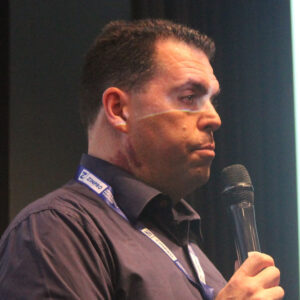 Mineral use in gilts
Mineral use in gilts
Ton Kramer, swine business manager South America, for Zinpro in Brazil explained how Zinpro Performance Minerals can help in all this. He started off by showing an economic analysis of sow retention in the USA.
It is not until parity 4 that a sow pays for herself, he said. He also shared common causes of sow mortality in the USA. In 2023 these included:
- Sudden death (31%);
- Lameness/locomotion (29%);
- Prolapses (28%); and
- Other causes (12%).
He discussed consequences of lameness, which also include a higher rate of non-productive days as well as low quality piglets. He compared claw issues and lameness problems with an iceberg, as what producers see in the barn is symbolic for bigger underlying problems. These include longevity issues, lower reproductive performance, worse progeny performance and low welfare. Therefore, he pointed to his company’s mineral product range Zinpro Availa Sow, which he said, is critical to improve gilt retention, sow longevity, reproductive performance and economic sustainability.




